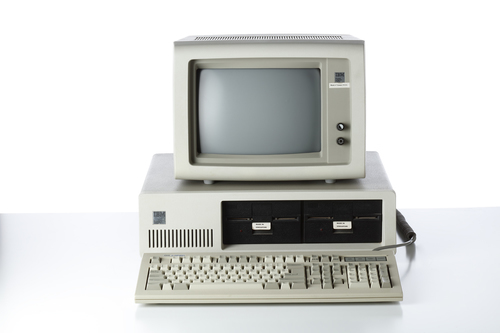You are not allowed to access this page. This happens if you try to login to WordPress from outside the JGU. To avoid this, use
- Remote Desktop or enable
- Virtual Private Network
Sie dürfen nicht auf diese Seite zugreifen. Der häufigste Grund für diese Fehlermeldung ist, daß Sie von außerhalb der JGU ins WordPress einzuloggen versuchen. So vermeiden Sie diese Fehlermeldung:
- Remote Desktop verwenden oder
- Virtual Private Network einschalten
